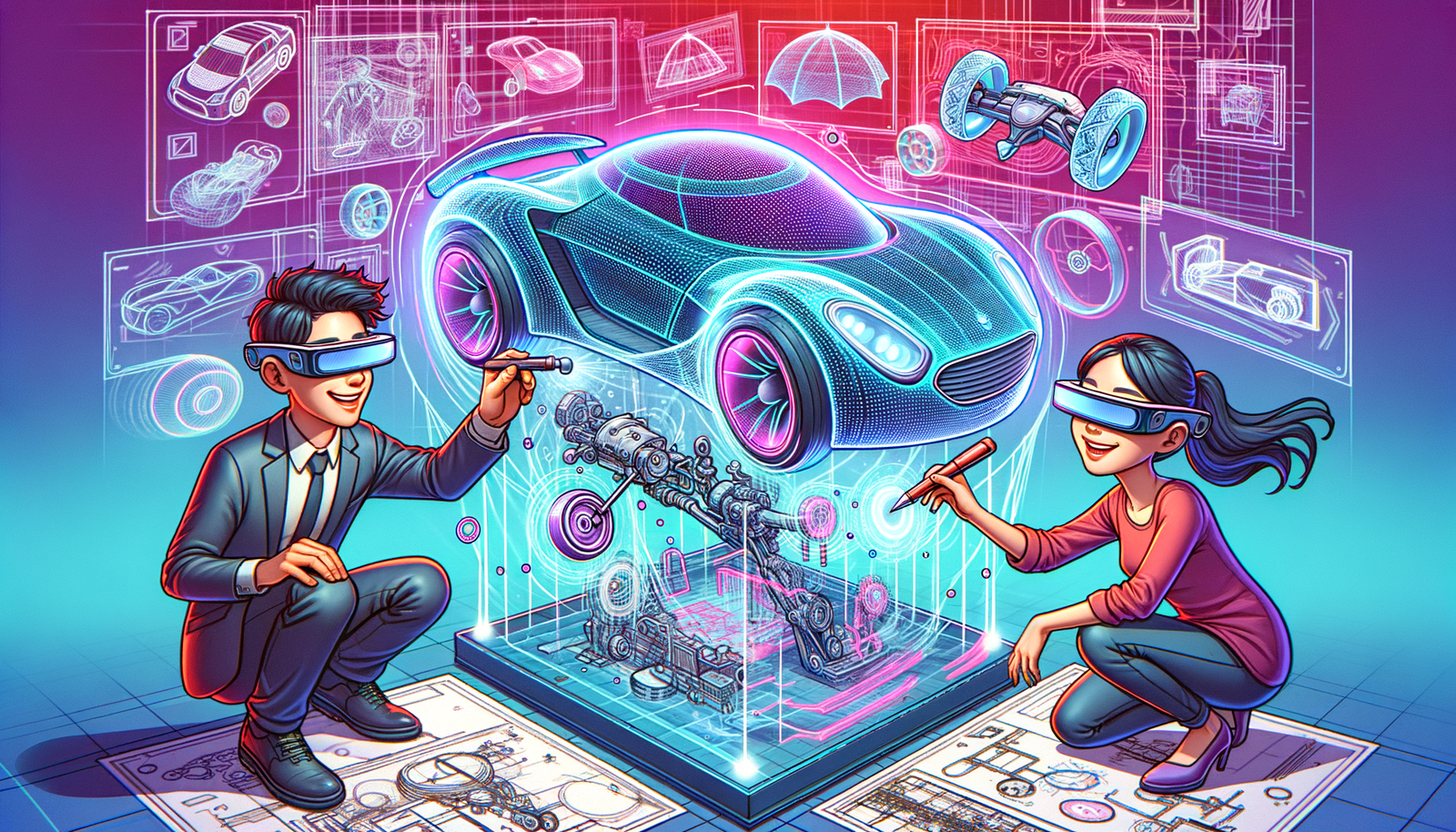Your Cart is Empty
Introduction to IoT and Design Software Integration
In today's rapidly evolving technological landscape, the integration of the Internet of Things (IoT) with advanced design software is revolutionizing the way smart products are developed. The **Internet of Things** refers to a network of physical objects embedded with sensors, software, and other technologies to connect and exchange data with other devices and systems over the internet. Common examples include smart home devices, industrial machinery, and wearable technology.
IoT is crucial for smart product development because it enables real-time data collection and communication, allowing for more responsive, adaptive, and efficient products. On the other hand, design software has evolved significantly over the years. From traditional Computer-Aided Design (CAD) tools to modern integrated design environments, today's software supports complex simulations, real-time collaboration, and integration with various digital tools and platforms.
Key Benefits of Integrating IoT with Design Software
Enhanced Product Development Cycle
One of the primary benefits of integrating IoT with design software is the enhancement of the product development cycle. This integration facilitates **real-time data collection and analysis**, which is essential for making informed design decisions. By gathering data from sensors and other connected devices, designers can gain insights into how products are used in real-world environments, leading to faster and more accurate iterations and prototyping with live feedback.
Improved Design Accuracy and Efficiency
The integration also leads to improved design accuracy and efficiency. With **data-driven design decisions**, engineers can optimize their designs based on actual usage patterns and performance data. This approach reduces the likelihood of errors and enables predictive maintenance, ensuring that potential issues are identified and addressed before they become critical.
Enabling Smart and Connected Products
Integrating IoT with design software paves the way for the creation of smart and connected products. During the design phase, sensors and actuators can be seamlessly incorporated, allowing the final product to be more adaptive and responsive to user needs. This leads to the development of **user-responsive products** that can adjust their behavior based on real-time data and user interactions.
Practical Applications and Case Studies
IoT-Enabled Smart Home Devices
One practical application of this integration is in the development of IoT-enabled smart home devices. Consider a smart thermostat: From concept to market, the role of integrated IoT and design software is pivotal. During the initial design stages, sensors and connectivity modules are incorporated, allowing the thermostat to collect temperature and occupancy data. This data is then used to optimize the thermostat's algorithms, resulting in a product that can efficiently manage home heating and cooling systems.
Industrial IoT in Manufacturing
In the manufacturing sector, the integration of IoT with design software has led to the development of smart factory equipment. By embedding sensors in machinery, real-time monitoring and predictive analytics become possible, leading to optimized performance and reduced downtime. For instance, sensors can detect wear and tear on equipment, prompting maintenance before a breakdown occurs.
Wearable Technology
The wearable technology sector has also benefited from this integration. In the development of smart wearables, such as health and fitness trackers, the incorporation of IoT enables continuous monitoring of various health metrics. However, integrating IoT with design software in this context presents challenges, such as ensuring data accuracy, maintaining battery life, and addressing privacy concerns. Solutions to these challenges often involve advanced algorithms, efficient power management techniques, and robust security measures.
Future Trends and Challenges
Emerging Technologies in IoT and Design Software
The future of IoT and design software integration is promising, with emerging technologies set to further revolutionize this field. **AI and machine learning** are becoming increasingly integrated into design tools, enabling more sophisticated data analysis and decision-making processes. Advances in digital twins and simulation models are also playing a crucial role, providing virtual replicas of physical products that can be used for testing and optimization.
Addressing Challenges
Despite the numerous benefits, there are challenges to be addressed. **Data security and privacy concerns** are paramount, as the increasing amount of data collected by IoT devices needs to be protected from unauthorized access. Interoperability and standardization issues also pose significant challenges, as different IoT devices and platforms need to communicate and work seamlessly together.
- Data security and privacy concerns
- Interoperability and standardization issues
The Road Ahead: Vision for the Future
Looking ahead, the integration of IoT with design software is set to have profound implications for smart product development. As these technologies continue to evolve, we can expect more innovative and efficient solutions that will impact various industries and consumer markets. The potential of IoT and design software integration lies in its ability to create products that are not only intelligent and connected but also more aligned with user needs and environmental sustainability.
Conclusion
In conclusion, the integration of IoT with design software has transformative potential for smart product development. By leveraging real-time data, advanced analytics, and seamless connectivity, designers and engineers can create products that are more responsive, efficient, and user-centric. As we move forward, it is essential for professionals in the field to embrace these technologies and explore their full potential to drive innovation and deliver smarter product solutions.







